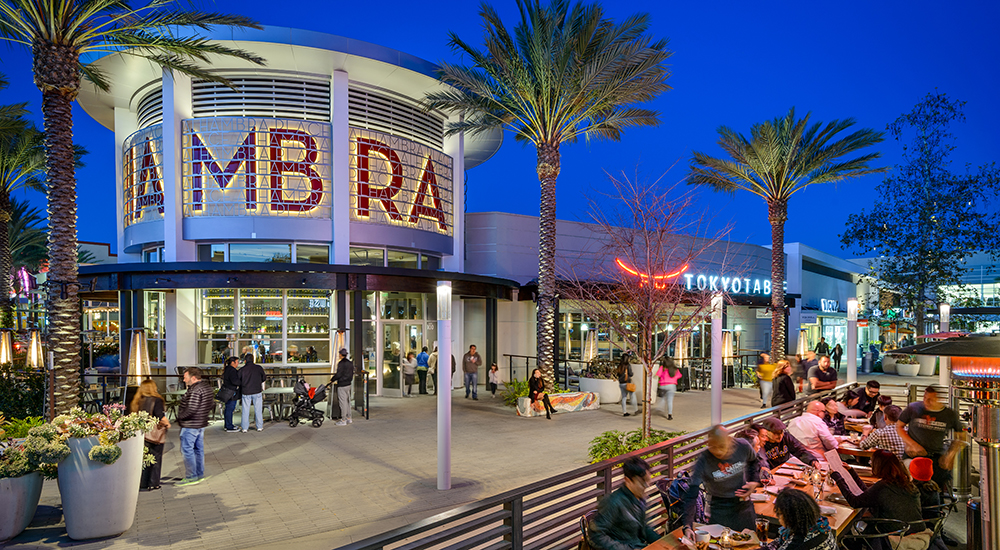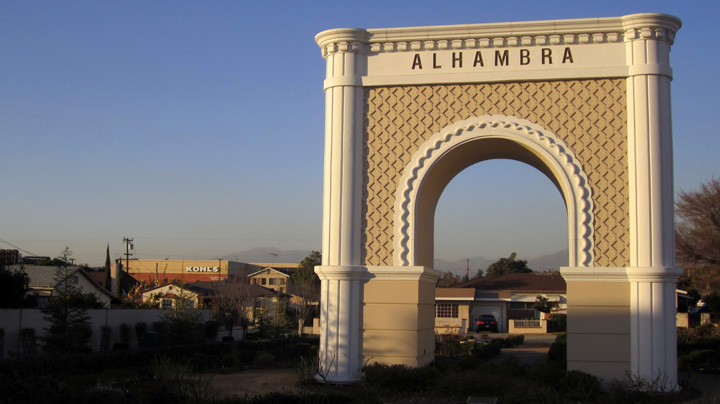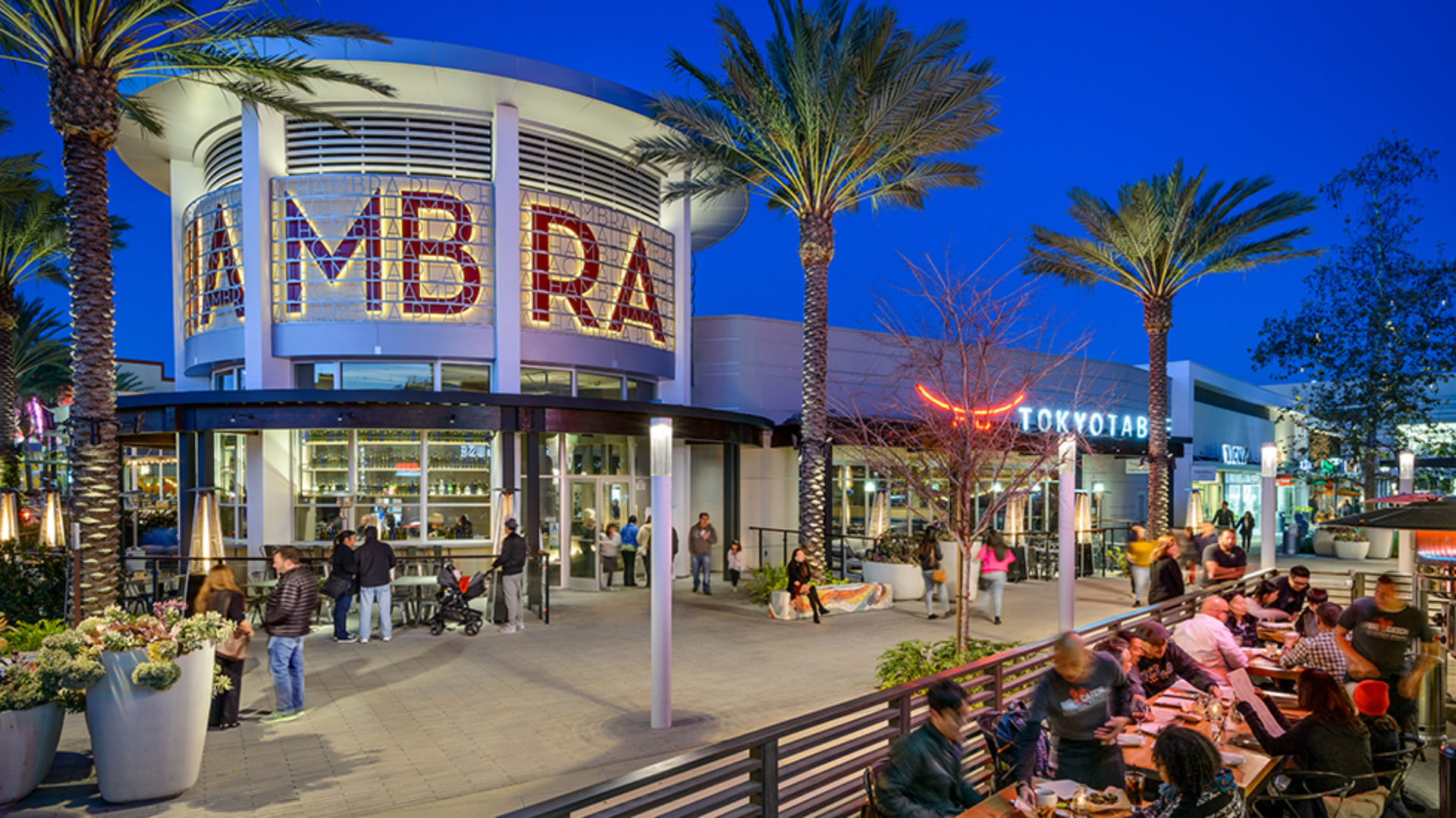Prime Value-add Investment Location
Market Overview
Alhambra was originally promoted as a “city of homes”, and many of its homes have historical significance. They include styles such as craftsman, bungalo, Spanish Mediterranean, Spanish colonial, Italian beaux-arts, and arts and crafts. Several residential areas have been designated historic neighborhoods by the city, including the Bean Tract (formerly owned by early resident Jacob Bean), the Midwick Tract (site of the former Midwick Country Club), the Airport Tract (formerly the landing pad for Alhambra Airport), and the Emery Park area. There are also a large number of condominiums, rental apartments, and mixed-use residential/commercial buildings, especially in the downtown area.
Alhambra’s main business district, at the intersection of Main and Garfield, has been a center of commerce since 1895.By the 1950s, it had taken on an upscale look and was “the” place to go in the San Gabriel Valley. While many of the classic historical buildings have been torn down over the years, the rebuilding of Main Street has led to numerous dining, retail, and entertainment establishments. Alhambra has experienced waves of new immigrants, beginning with Italians in the 1950s, Mexicans in the 1960s, and Chinese in the 1980s. As a result, a very active Chinese business district has developed on Valley Boulevard, including Chinese supermarkets, restaurants, shops, banks, realtors, and medical offices. The Valley Boulevard corridor has become a national hub for many Asian-owned bank headquarters, although there are other nationally recognized retailers.
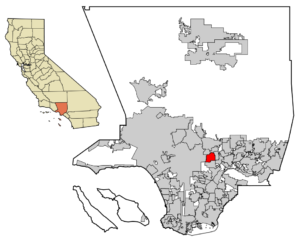

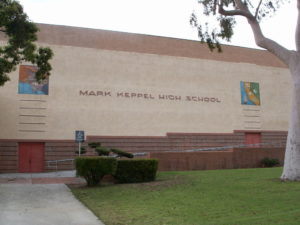
INFRASTRUCTURE
The San Bernardino Freeway (I-10) runs through the city’s southern portions, and the Long Beach Freeway (I-710) has its northern terminus at Valley Boulevard in the far southwestern portions of the city. Major thoroughfares within the city include Atlantic and Valley Boulevards, Mission Road, Fremont and Garfield Avenues, and Main Street.
Public transportation in Alhambra is provided by the Los Angeles County Metropolitan Transportation Authority (Metro) as well as the Alhambra Community Transit.
The California High-Speed Rail Authority is considering proposals to a build high-speed rail system through Alhambra along the San Bernardino Freeway (I-10) corridor from the east city limits to west city limits. In late July 2010, the authority told the city that the options under consideration included building tracks down the center of the freeway and parallel to the freeway along Ramona Road. As proposed, there would be a 50-foot-wide (15 m) deck set on top of 35-foot-high (11 m) posts placed every 100 feet (30 m). The proposal is part of the high-speed rail network currently planned for California. It is part of the line between Los Angeles’s Union Station and San Diego, through the Inland Empire. Residents and city leaders voiced opposition to the plan to route the high-speed trains through the city in public meetings.
Top Employers
According to the City Alhambra 2009 Comprehensive Annual Financial Report for the year ending in June 2009,[26] the city’s employers are the Los Angeles County Department of Public Works (with 3,600) workers, the Alhambra Unified School District (2,136), the County of Los Angeles (1,500), Southern California Edison (800), the City of Alhambra (650), Alhambra Hospital (600), Empire Building Maintenance (420), Costco (369), Southwest Administrators (285), and Target (130).
